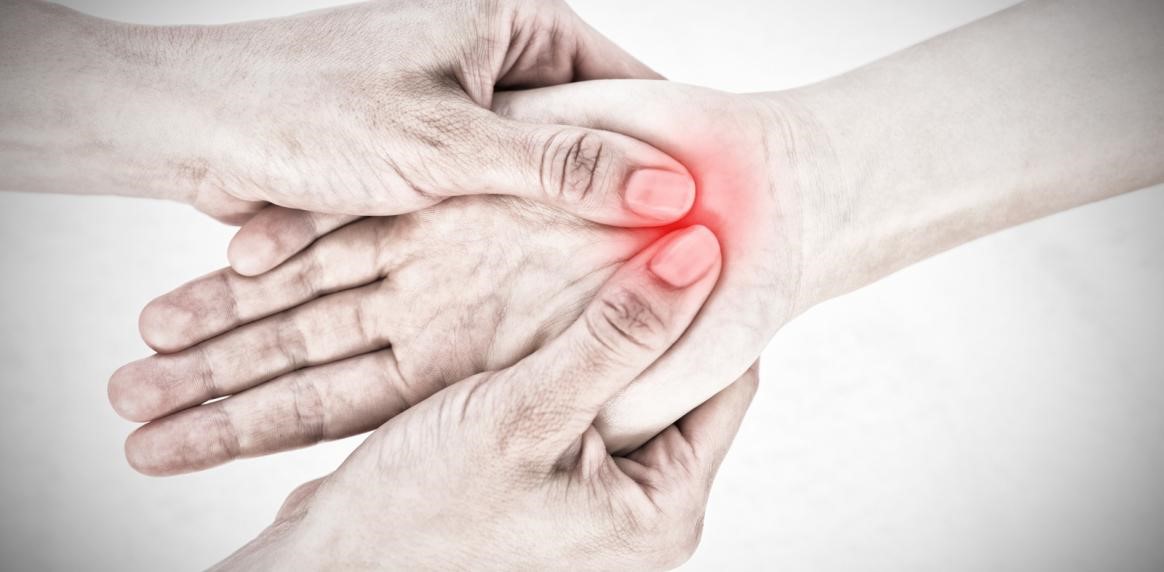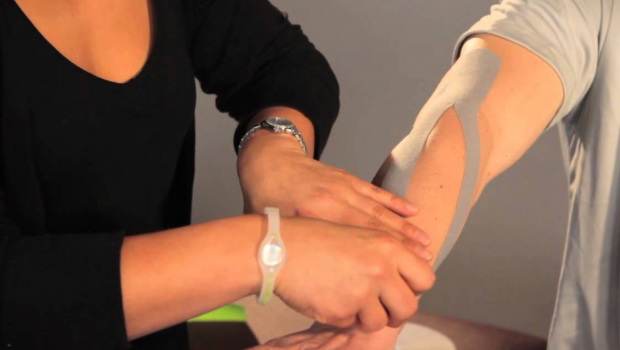nalco group
bone, muscle & joint pain physio
BOOK NOW / WHATSAPP ABOUT YOUR PAIN OR INJURY
- ORCHARD 400 Orchard Road #12-12 Singapore 238875
- TAMPINES 9 Tampines Grande #01-20 Singapore 528735
- SERANGOON 265 Serangoon Central Drive #04-269 Singapore 550265
Home > Blog > Physiotherapy & Hand Therapy > Conditions > Shoulder Pain / Elbow Pain > Ulnar Nerve Entrapment Elbow Pain Physiotherapy
Ulnar Nerve Entrapment Elbow Pain Physiotherapy

Ulnar nerve entrapment is a condition of the medial elbow that typically results in:
Ulnar nerve entrapment is also known by various other names. These include the following:
- Ulnar Neuropathy
- Ulnar Tunnel Syndrome
- Cubital Tunnel Syndrome
- Guyon’s Canal Syndrome
- Bicycler’s Neuropathy, and
- Handlebar Palsy
Prolonged pressure or severe trauma to the ulnar nerve is usually the main cause behind this type of nerve damage. Ulnar nerve entrapment is not a serious condition but it does require timely treatment.
Failure to treat it promptly can have permanent consequences, including paralysis or deformity of the affected arm or hand.
In this article, we take a detailed look at what ulnar neuropathy is. We discuss its symptoms, causes, and treatment options. Additionally, we explore the potential benefits of hand and physiotherapy for treating it on time.
What Is Ulnar Nerve Entrapment?
Ulnar nerve entrapment is a type of injury of the ulnar nerve. To understand how it occurs, you need to first know the location and basic function of the ulnar nerve.
The ulnar nerve is one of the three main nerves in your arm that branches off the brachial plexus nerve at the base of the neck. From the shoulder, it travels down the back of the arm and around the inside of the elbow. Upon entering the hand, it branches off to reach the tips of the fourth and fifth fingers.
The ulnar nerve is responsible for transmitting nerve impulses to the hand and forearm muscles. It facilitates the movement of the arm and wrist and provides sensation in the ring and little fingers as well.
Because it passes through two narrow openings or ‘tunnels’ (one at the elbow and one at the wrist), the ulnar nerve is always at risk of getting compressed or injured. This gives rise to pain in the arm or hand. In some cases, the effects may be felt in both parts.
- Cubital Tunnel: The cubital tunnel is a small passageway formed by soft tissues under the bony bump of the elbow (called medial epicondyle). If the nerve entrapment occurs at the cubital tunnel, it is known as Cubital Tunnel Syndrome.
- Ulnar Tunnel/ Guyon’s Canal: The narrow opening in the wrist that allows the passage of ulnar nerve and artery into the hand is called the ulnar tunnel or Guyon’s canal. If the entrapment occurs at this point, it is called Ulnar Tunnel Syndrome or Guyon’s Canal Syndrome.
According to research, ulnar nerve entrapment is the second-most common peripheral neuropathy of the upper extremity. Cubital tunnel syndrome is generally more common than the Guyon’s canal syndrome.
The intensity of pain can vary, depending on the cause of injury and the location where it occurred (elbow or wrist). Nonetheless, it needs prompt and accurate proper treatment.
Conservative treatments for ulnar neuropathy include
- use of non-steroidal anti-inflammatory medications (NSAIDs) like ibuprofe
- heat and ice compressions
- bracing and splinting
In most cases, physiotherapy may be required and offers complete relief.
What Causes Ulnar Nerve Entrapment?
Generally, it can be hard to identify the exact cause of ulnar nerve entrapment.
Since it is located quite close to the skin’s surface, this nerve is not very well protected by muscle and bone. In other words, its natural position makes it prone to damage due to compression.
However, there are certain factors that increase the risk of compression of the ulnar nerve. This includes both recreational and occupational activities that involve repetitive motion such as
- cycling
- typing
- hammering
- etc
Ulnar nerve damage can also be tied to certain daily habits, such as:
- Keeping your arms outstretched for hours (specially while doing desk work).
- Leaning on your funny bone for an extended period of time.
- Sleeping with your arms bent, and so on.
Direct trauma to the cubital tunnel or Gyson’s canal can also cause the ulnar nerve to become entrapped.
Symptoms of Ulnar Nerve Entrapment
The symptoms of ulnar neuropathy largely depend on where the entrapment occurs.
The pain is mainly felt in the arm. However, it’s not uncommon to feel pain in your hand as the nerve runs all the way down to the ring and pinky fingers.
When your ulnar nerve gets compressed, you may experience some or all of the following symptoms:
- Intermittent numbness
- Tingling sensation in the ring and little fingers
- Weakened grip in the affected hand
- Skin sensitivity to cold temperatures
- Soreness at the elbow joint
- Tenderness in the inner side of arm
- Difficulty performing specific tasks that involve precise control over fingers (e.g. cutting, typing, or playing an instrument)
Depending on the severity of the condition, the symptoms may appear and disappear on their own. Usually, they tend to worsen at night.
At an advanced stage, ulnar nerve entrapment can cause muscle wasting in the forearm and hand.
At an even higher stage, it can develop into a claw-like deformity of the ring and pinky fingers.
Who Is At Risk of Experiencing Ulnar Nerve Entrapment?
- People who regularly participate in sports like cycling and tennis are at risk of suffering from ulnar neuropathy.
- Construction workers whose job frequently lift and move heavy objects are prone to developing this condition.
- Occupational workers who perform certain repetitive movements with their arm or hand (e.g. typing, cleaning large surfaces) are also likely to experience ulnar nerve damage.
- People who had a prior fracture or dislocation of the elbow are more vulnerable to injuring their ulnar nerve.
- People with the following medical conditions also have an increased chance of developing the cubital or ulnar tunnel syndrome: Arthritis, Diabetes, Obesity, Thyroid dysfunction, High blood pressure, Autoimmune condition,Cysts near the elbow joint and Bone spurs of the elbow
- Pregnant women can also suffer from the entrapment of the ulnar nerve.
- Drivers who have a habit of resting their elbow at the car’s window pane are susceptible to experience pain due to ulnar nerve compression.

Other Conditions Similar to Ulnar Nerve Entrapment
Pain that stems from ulnar nerve entrapment can sometimes be mistaken for a symptom of other, more common nerve injuries. Therefore, when describing your symptoms to a physician, try to be as specific as you can.
Other elbow and hand conditions that are similar to ulnar neuropathy are explained briefly below.
- Carpal Tunnel Syndrome – It is a type of median nerve compression that causes soreness and weakness in the hand. It normally affects the dominant hand and can develop due to a range of factors, including both physical activities and medical conditions.
- Radial Tunnel Syndrome – Also called supinator syndrome, this condition is characterized by a dull, aching pain at the top of the forearm. Sometimes, it can affect the back of the hand or wrist too. The symptoms are caused by inflammation of the radial nerve when the surrounding tissues begin to press on it.
- Tennis Elbow – Otherwise known as lateral epicondylitis, this is a painful condition that occurs due to excessive strain on the ligaments in your elbow. It is common in athletes. But anyone who puts prolonged pressure on their elbow is at high risk of suffering from this kind of damage.
Treatment for Ulnar Nerve Entrapment
Treatment for ulnar nerve entrapment begins by ruling out other closely related diagnoses, as discussed above.
If you have only mild to moderate discomfort, a conservative treatment will likely be enough. But if the condition has progressed or there is no improvement with traditional therapy, surgery may eventually be required.
However, that happens in very rare cases. The majority of people diagnosed with ulnar neuropathy are able to successfully get rid of the pain with proper hand and physiotherapy.
How our senior hand therapists and Physiotherapists Can Help People with Ulnar Nerve Entrapment

Physiotherapy has long been hailed for its ability to encourage safe and natural recovery from various kinds of physical injuries and trauma. The benefits extend to ulnar neuropathy as well.
If you are suffering from ulnar nerve compression, we can help you with nerve gliding exercises that can soothe the pressurized and inflamed nerve.
There are various stretching and strengthening exercises that are effective in gently releasing the compressed nerve. While you can perform many of them at home, it is generally not recommended. You might accidentally choose the ones that won’t work best in your case. Or you might do it the wrong way, which can easily aggravate the symptoms and lead to more problems.
In contrast, you need not worry about any such issues when you turn to professional physiotherapists for the treatment of ulnar nerve entrapment or even other neuropathies for that matter.
Our qualified physiotherapists can help you practice elbow flexion,
wrist extension, and other arm-stretching moves under their supervision. When
done consistently for a certain amount of time, it can alleviate pain, increase
mobility, and help you regain the lost hand and arm muscle strength as well.
